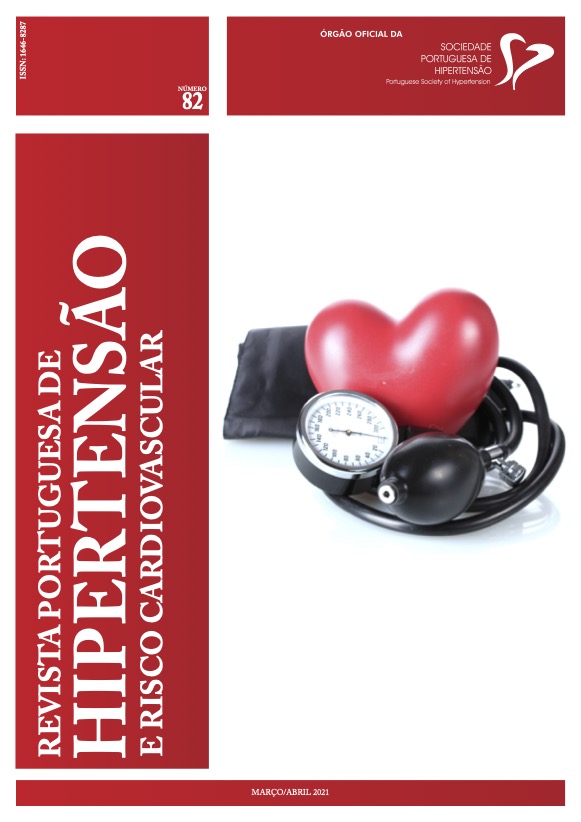HYPERTENSION, β-BLOCKERS AND ERECTILE DYSFUNCTION
DOI:
https://doi.org/10.58043/rphrc.36Abstract
Objective: The purpose of this study was to characterise the population with erectile dysfunction (ED) according to their cardiovascular risk factors. To evaluate therapeutic options in the treatment of hypertension. Elaboration of recommendations to improve this integrated consultation.
Methods: All patients with ED were selected from the hospital data base and followed in Sexual Health outpatient clinics during the year 2016.
Results:135 patients were followed up at the Sexual Health clinic in 2016 for ED. 29 patients (21.48%) were aged less than or equal to 50 years. Of the total number of patients, 71 patients (52.59%) had hypertension. Of these, 8 patients (11.27%) took β-blockers, 6 of which were cardio selective. 21 patients (29.58%) were on ACE inhibitors. 16 patients (22.54%) were on diuretics. 4 patients (5.63%) took ACE inhibitors + diuretics combined. 8 patients (11.27%) took Angiotensin II receptor blockers (ARBs) + diuretics. 15 patients (21.13%) took calcium channel blockers (CCB). 8 patients (11.27%) took ACE inhibitors + CCB and 5 patients (7.04%) were taking ARBs + CCB.
Conclusion: The prevalence of hypertension in patients with ED is high (52.6%). There are a large number of patients taking diuretics, ACE inhibitors and β-blockers which are therapeutic options to avoid. Of patients treated with β-blockers, Nebivolol was only used in 3 out of 8 patients.
Downloads
References
Kloner, R. A. (2004). “Erectile Dysfunction and Cardiovascular Risk Factors.” Heart Disease and Erectile Dysfunction, 39-49. doi:10.1007/978-1-59259-748- 2_3.
Pereira, Nuno M., et al (2006), “Consenso Português para Avaliação e Tratamento da Disfunção Eréctil”, Sociedade Portuguesa de Andrologia. Retrieved 11 de outubro de 2017, from https://www.researchgate.net/ publication/320596809
Dong JY, Zhang YH, Qin LQ. “Erectile dysfunction and risk of cardiovascular disease: meta-analysis of prospective cohort studies.” J Am Coll Cardiol 2011; 58:1378–1385.
Skeldon, S. C., Cheng, L., Morgan, S. G., Detsky, A. S., Goldenberg, S. L., &Law, M. R. (2017). “Erectile Dysfunction Medications and Treatment for Cardiometabolic Risk Factors: A Pharmaco epidemiologic Study. The Journal of Sexual Medicine,” 14(12), 1597-1605. doi:10.1016/j.jsxm.2017.10.063.
Osondu, C. U., Vo, B., Oni, E. T., Blaha, M. J., Veledar, E., Feldman, T., Aneni, E. C. (2017). “The relationship of erectile dysfunction and subclinical cardiovascular disease: A systematic review and meta-analysis.” Vascular Medicine, 23(1), 9-20. doi:10.1177/1358863x17725809.
Gupta BP, Murad MH, Clifton MM, Prokop L, Nehra A, Kopecky SL. “The effect of lifestyle modification and cardiovascular risk factor reduction on erectile dysfunction: a systematic review and metaanalysis.” Arch
Intern Med 2011; 171:1797–1803.





